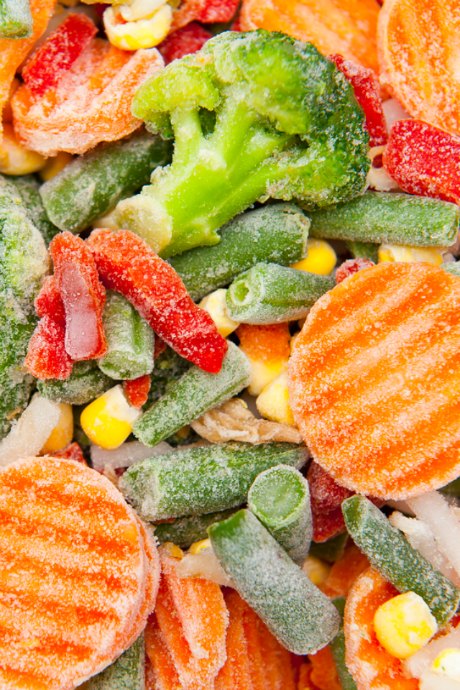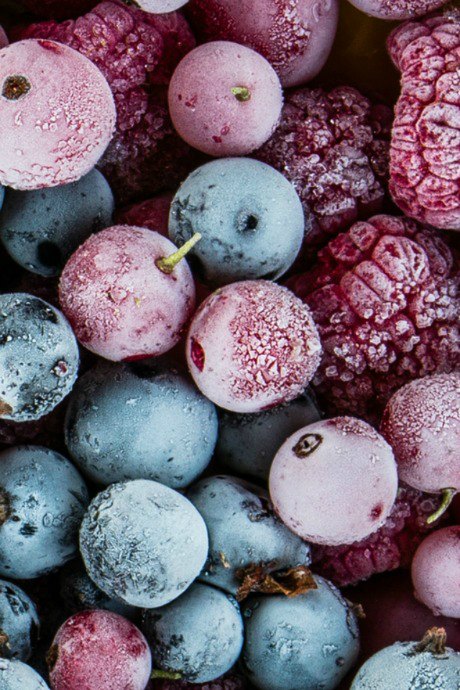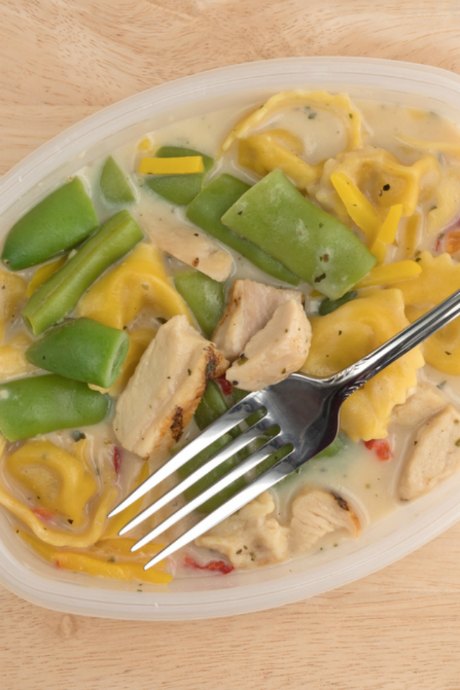Ask the Experts: Frozen Foods vs. Fresh
Posted by Julie on Mar 8th 2018
Q: I know many frozen foods are highly processed. Is it always better to buy foods fresh, or are some frozen foods just as good as fresh?
A: Frozen foods may get a bad rap, but they don't always deserve it. In fact, freezing food can be a smart way to preserve it while retaining nutrients. For example, frozen fruits and vegetables are often cheaper, more convenient, and just as nutritious as fresh.
However, not everything in the frozen foods aisle is worth popping into the microwave and putting into your mouth. Keep reading to learn more about which frozen foods deserve a spot in your grocery cart.
Frozen Foods: Fruits and Vegetables
Common wisdom once dictated that fresh was always better than frozen, especially where it came to produce. If "fresh" means locally grown, harvested and consumed the same day, then fresh is definitely superior. But much of the produce in grocery stores travels hundreds or thousands of miles over several days, which means it's no longer fresh.

On the other hand, frozen fruits and vegetables are processed right after picking, so they retain more nutrients. In fact, research has shown that some frozen foods have higher vitamin content, such as blueberries, broccoli, corn, and green beans.

Frozen fruits and vegetables are also more economical, with a lower price per ounce than fresh fruits and vegetables when out of season. Just be sure to eat frozen produce in a timely manner: no more than eight months for frozen vegetables, and one year for frozen fruit.
Frozen Foods: Meat
Where it comes to meat, the question of fresh vs. frozen is more complex. Proper cooling, freezing, and thawing of meat is essential to food safety. Taste, texture, and cost are also considerations.
This article from West Side Beef explains what happens when meat is frozen:
If you could see with a microscope what is happening to meat when it’s frozen, you would notice long sharp edges of ice piercing the molecular structure of the protein, breaking the cellular walls and causing irreparable harm to the final texture of the meat.
However, freezing meat doesn't necessarily mean sacrificing taste and texture. When raised, processed, and packaged properly, meat can withstand freezing. Of course, this meat will also cost more.

Our recommendation: when possible, buy meat fresh at the butcher counter or from a local ranch or farm. It's more expensive, but it will have a better taste and texture.
Frozen Foods: Entrees and Meals
Of all the frozen foods in the grocery aisles, entrees and meals are the most highly processed. They're likely to contain high amounts of fat and sodium, and most of them skimp on the veggies.

On the other hand, keeping a few frozen meals around for emergencies is a better option than grabbing fast food. Refer to these smart guidelines from WebMD when browsing the frozen food aisles:
1. 250-300 calories per serving
2. Less than 4 grams of saturated fat per serving
3. Less than 800 milligrams of sodium per serving
4. At least 3-5 grams of fiber per serving
Better yet, add a dish of steamed frozen vegetables to your meal.
We also like this comprehensive list of approved frozen meals from Cooking Light. Note that Amy's meals make a lot of appearances, as do Trader Joe's and Newman's Own. But even with these brands, double check the saturated fat, sodium, and fiber content before buying.

